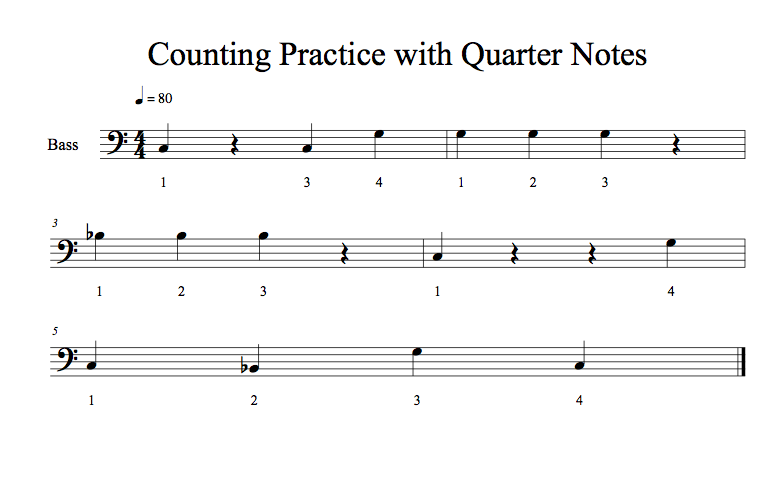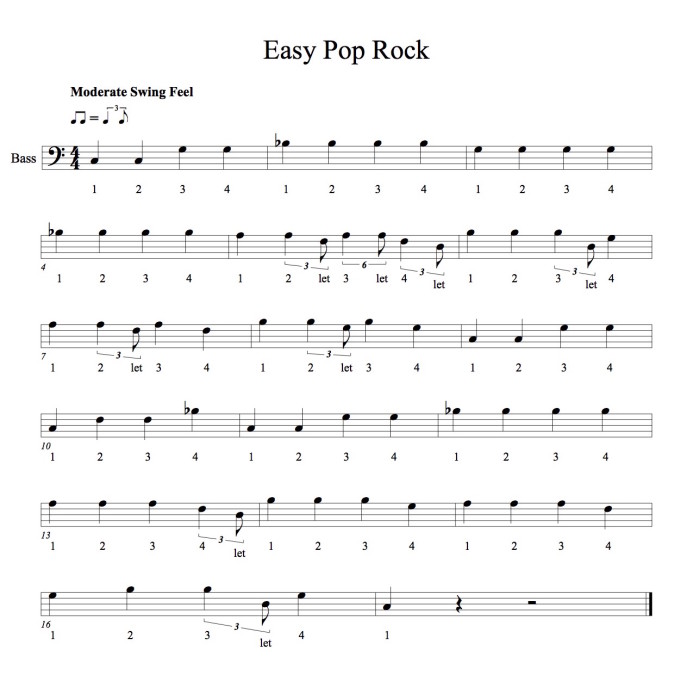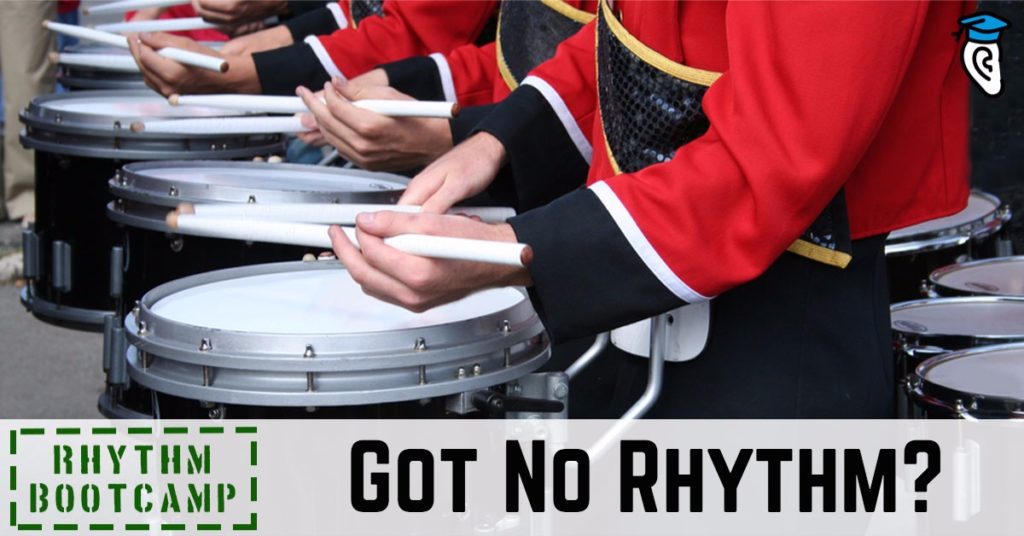Mastering rhythm during Rhythm Bootcamp is not difficult, even if you’ve “got no rhythm”. These exercises are designed for beginner and intermediate musicians like you who want to learn how to play rhythms with accuracy.
Maybe you are like this guy:
Partier has no rhythm whatsoever
Don’t worry – there’s still hope for you!
Overcoming Confidence Issues
Are you mentally prepared for developing rhythm? Start by squashing any negative thoughts about rhythm like “I’ve got no rhythm” or “I can’t carry a beat”.
Many times musicians simply need to overcome confidence issues in performance and practice by breaking down a mental barrier. For example, I am a percussionist and composer, but I am not a trained vocalist. For years, I simple said “I can’t sing,” until I joined a Gospel choir and realized that I could sing, I just had been singing the wrong vocal style and the wrong part. Learning that I was an alto that could belt out a Broadway tune with proper training helped me realize that it was a matter of technique and skill that had prevented me from singing all those years, not actual ability.
So let’s decide right now that you can conquer rhythm.
Like any skill, you need to start step by step. There are many ways to overcome any difficult musical skill:
- Audiation
- Breathing and Being Aware of Your Body
- Counting
- Using a Metronome
- Everyday Practice
Incorporate good music habits like practicing everyday with a metronome and being aware of your physical being while you are playing. Rhythm is just as much a mental skill as a physical one, and professional drummers will tell you that when they are in the “zone” they are barely thinking about what they are doing. Their body has learned how to execute complicated rhythmic beats much like a professional pianist memorizes a Liszt composition and can then perform it flawlessly in concert. Counting out rhythms, either out loud or in your head, will help you avoid missed notes and flawed accuracy.
Perhaps one of the most overlooked ways to develop good rhythm though is number one above: audiation.
Audiation for Rhythm
What is audiation? As Ashley Mazur said in The Secret Music Practice Skill: Audiation, “Audiation is to sound what visualization is to images”. In other words, you need to be able think the rhythms in your head. This may sound difficult so let’s start with a demonstration using a well-known tune.
Exercise 1: Wipeout
Close your eyes for one moment and “hear” the drum solo to the tune Wipeout in your mind. If you aren’t familiar with the tune, listen to Wipeout below and then try to imagine the drum solo.
“Wipeout” by Surfaris
Were you able to imagine the drum solo in your head? Congratulations, you just practiced audiation!
Using Audiation in Rhythm Bootcamp
Many of the examples that you will learn in Rhythm Bootcamp will be simple to remember. Download these samples and practice both active and passive listening, internalizing the rhythms that you hear. Try to imagine them in your head. The better you know a song or musical example, the better you will be able to execute it.
Exercise 2: Counting in 4/4 Time
Most popular music is written in 4/4 time. This means that there are four quarter notes per measure. While there are many, many other time signatures, you will encounter 4/4 most of the time. This basic time signature is the bastion of almost all pop, rock, country, dance, and hip hop music you hear on the radio waves.
Practice internalizing the basic 4/4 beat with the examples below.
Instructions
- Listen to the examples
- Practice counting out loud
- Practice counting in your head
- Play the rhythm on your instrument or with drumsticks
As you count these examples, try to avoid rushing or dragging the beat. Aim for rhythmic accuracy – counting right on the beat.
Counting Quarter Notes Example
This is a very simple counting exercise using quarter notes.

Easy Pop Rock Example With Swing 8ths
In this example, you can practice a swing 8th note rhythm.

With simple exercises like these you have the tools you need to apply audiation to hone your sense of rhythm. Now that you have practiced basic 4/4 rhythms, you are ready to work on more in-depth rhythmic accuracy and counting, but don’t forget to continue practicing every day with audiation and practice tracks like these. Your next step? Learn how to improve you Rhythmic Accuracy.








